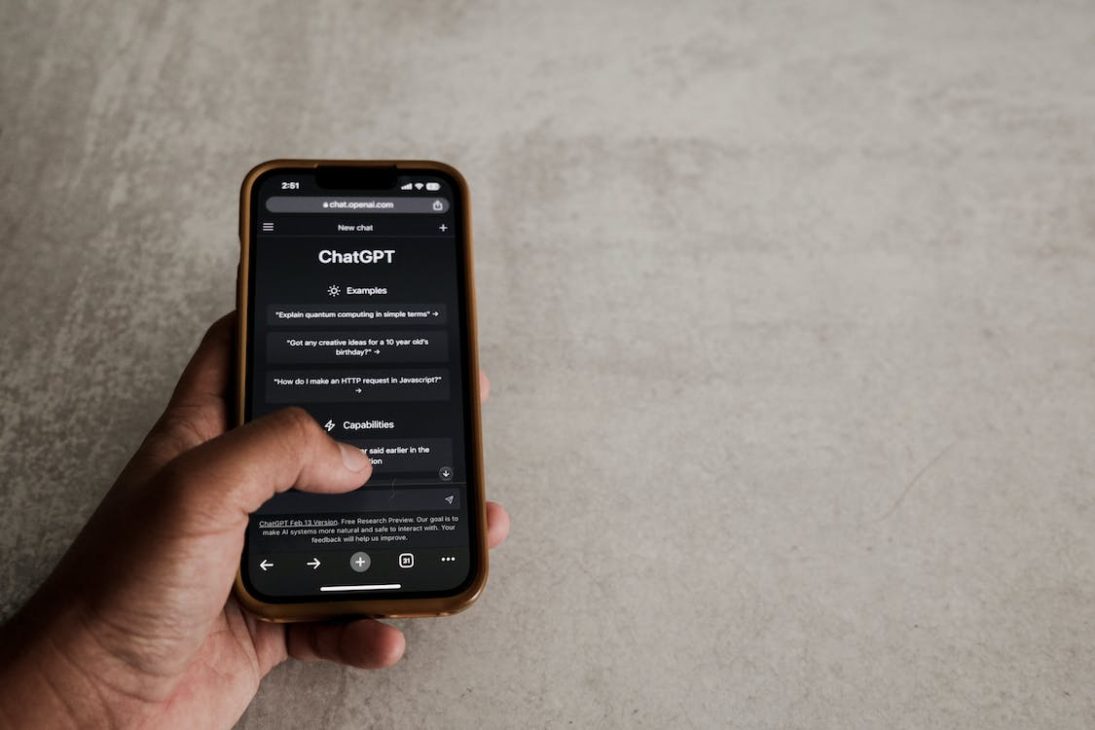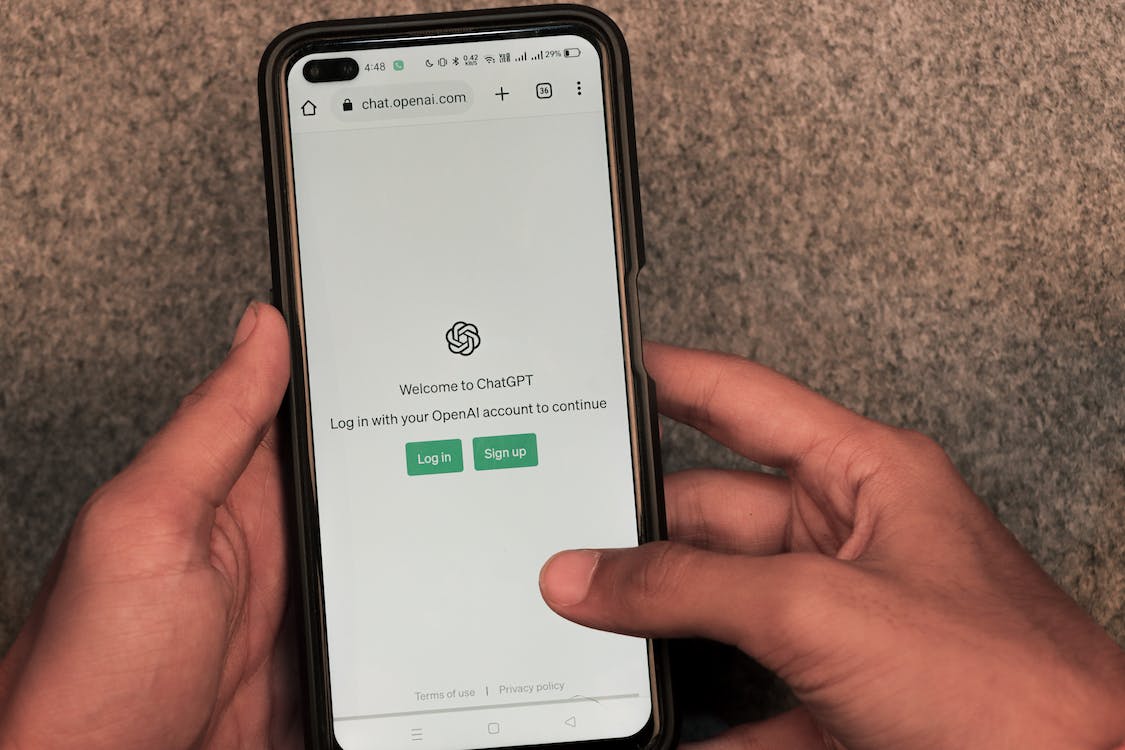Learn to use ChatGPT, an AI language model, as a tool to streamline business processes. From using it as an automated customer support tool to streamlining research and content generation, you’ll discover techniques for effectively utilising GPT in various aspects of your professional life.
GPT uses natural language processing to understand and mimic human writing styles, enabling it to produce responses that are more intuitive than automated bots. By following best practices, you can ensure that your team’s use of GPT is effective and productive.
Automate repetitive tasks
Manual tasks can take up a large portion of a developer’s time, which can reduce productivity and quality. Using ChatGPT can help automate and streamline these tasks, allowing developers to focus on more critical projects.
For example, ChatGPT can help with data entry, document creation, and customer service by automatically processing information and generating responses. This allows employees to focus on more strategic and complex work while minimizing errors. It can also help with rewording existing content, generating research reports, and performing market analysis.
As an artificial intelligence (AI) tool, ChatGPT can understand human inputs and respond in a natural way to function as an ai story generator. It can also learn over time and improve its performance. In addition, it can proactively suggest relevant information, which saves employees valuable time and effort.
While AI can be an important business tool, it’s essential to recognize and address the ethical implications of its use. Depending on how the technology is used, AI can result in job displacement, discrimination, and more.
However, if you are careful to select the right tools for your company’s needs, AI can be a powerful asset for maximizing efficiency. ChatGPT is an excellent choice for minimizing repetitive, manual tasks, and it can also be integrated into white-collar workplaces to boost productivity.
Although it may seem complicated to integrate AI into your daily workflow, the process is actually relatively simple. It’s a matter of selecting the right bot, setting prompts, and fine-tuning parameters. For example, if you have a task that requires a lot of detail, such as writing code or making calculations, you may need to create custom ChatGPT scripts to handle these specific tasks. Otherwise, you can simply ask the bot for answers.
Schedule meetings

Keeping track of meeting notes and action items can be a significant time-suck, and oftentimes it requires a lot of manual work. ChatGPT can help you save time by automating these tasks. It can generate summaries of any transcript you provide it, identify key takeaways from the meeting and turn them into tasks, and even schedule follow-up meetings for you.
The ability to schedule meetings is a huge time-saver, especially if you’re dealing with a high volume of clients. By using a service like Zapier, you can integrate ChatGPT with your preferred calendar to automatically schedule meetings when you’re free. Once you’ve connected your apps, all you have to do is create a new Zapier trigger when you’re available for meetings and ChatGPT will draft an email with all the necessary details, including the purpose, agenda, attendees, meeting location and platform.
You can also prompt ChatGPT to proactively schedule meetings with your most important contacts. By sharing your availability with the service and its ingenious features, Atomic will craft a meeting request template that highlights your priority and automatically schedules the call based on other commitments.
With a little customization, ChatGPT can be your virtual cheerleader. It can provide the motivation and inspiration you need to get started on a busy day. For example, if you’re working on a particularly challenging project or deadline, ask it to motivate you by crafting a prompt that’s personalized to your situation and reflects your personality. This way, you can stay focused on the task at hand and stay productive. In addition, you can use ChatGPT to generate a personalized and thoughtful prompt for journaling or writing. It can also jumpstart your coding with the ability to create basic foundations and code snippets based on information you share with it.
Create a daily to-do list
Aside from the obvious use cases of a language model chatbot, like scheduling meetings and automatically reading transcripts of conversations, there are many other ways ChatGPT can improve working productivity. For example, you can ask ChatGPT to generate a daily work schedule, complete with tasks like responding to emails and booking a meeting with a client. It can also write a Powerpoint presentation using the outline and slide-by-slide content you provide it.
You can also use ChatGPT to create a recipe by giving it information about the type of dish you want and any dietary restrictions you have. It can then generate a list of ingredients and step-by-step instructions for cooking the meal. You can also use the chatbot to optimize your coding workflow. You can ask it to generate lines of code, debug a snippet of code, and explain complex concepts.
If you’re preparing for a job interview, you can ask ChatGPT to provide questions and answers to help you prepare. It can also be helpful for drafting emails to clients and other stakeholders in your business. Just be sure to crosscheck any advice you get from ChatGPT with your own insight metrics.
Another interesting way to leverage the power of generative AI is to ask it to give you career or leadership advice. For example, Insider writer Sarah Jackson asked ChatGPT for tips on a hypothetical salary negotiation. The bot responded with a script that she could use to impress her boss and potentially earn a raise.
Schedule a call with a client
It’s important to take the time to properly prepare for a call with a client. This will help you better understand the client’s goals and challenges, which can then inform your solutions. Preparation also shows your clients that you value their time, which can result in a positive call experience.
One of the best ways to prepare for a call is to write out an agenda that will guide your discussion. This can include items such as who will attend the call, the topic of discussion, and a list of actionable items that you want to accomplish during the call. This will ensure that you don’t leave the call with any loose ends or unclear follow-up actions.
During the call, be sure to listen carefully to the client’s feedback and address any concerns they may have. It is also helpful to take notes and record the call (with the client’s permission, of course). After the call, be sure to follow-up with a written summary of the key points discussed.
ChatGPT is an AI chatbot that can answer questions, summarize text and more. It uses a large language model to interpret context and produce relevant responses. It’s free to use, and users can even customize the responses. The latest version of the bot, GPT-4, can understand more complex concepts and can even detect sarcasm and irony.
To get started with ChatGPT, create a free account on OpenAI’s website. You can then download the ChatGPT app from the Apple App Store or Google Play. Be sure to download the official app from OpenAI, as there are a lot of fake apps available on both platforms. You can also sign up for their newsletter to receive daily updates on the most popular tech news.
Create a coding snippet
For developers, ChatGPT is a valuable tool for quickly creating code. It’s able to convert user input into valid code, reduce time spent composing templates, and even correct text errors more efficiently than humans. However, it’s important to note that as with any automated tool, users must be cautious and verify the information produced by the bot.
To use ChatGPT to create a coding snippet, simply describe your task in natural language. Be sure to include the programming language you wish to utilize, and provide additional context if necessary. This will help ensure that the resulting code is accurate and relevant to your needs.
Once ChatGPT understands your request, it will use its internal representation of programming languages to generate the appropriate snippet. For example, if you want it to write Python code to read a CSV file and compute the average value of the “Price” column, the snippet will look something like this:
It’s important to note that ChatGPT is still a learning tool. As such, the results you get from this bot may not be perfect and will require manual adjustments from your end. To be most effective, try out several prompts and compare the results to determine what’s best for your specific scenario.
ChatGPT is a powerful new artificial intelligence tool that’s making waves in the tech world. It’s already used to automate common requests, improve email marketing campaigns, and more. By following these simple tips, you can use it to maximize your productivity.
